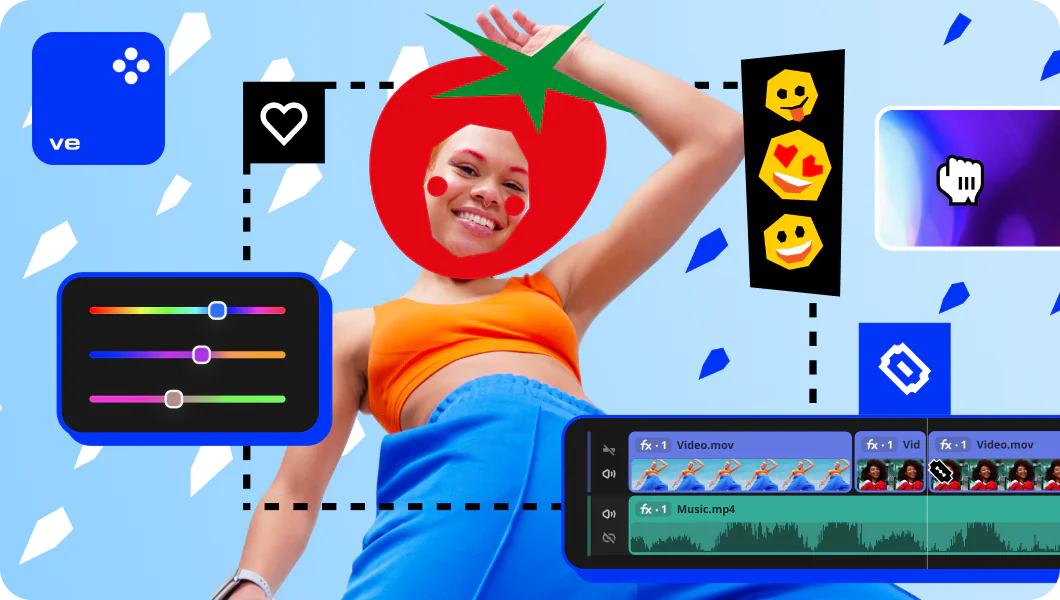Nowadays, many people have YouTube channels where they post videos on thousands of different topics. The threshold for entering the world of vlogging is much lower: you just pick up your mobile phone and start filming. Most video bloggers started their careers this way.
The audience is growing following interesting content, and the quality of sound and video in video blogs has not affected the number of views for a long time. But it is easy to lose a viewer if, in order to understand the speech in your video, he has to make an effort: it is easy to find a lot of videos on any topic on the Internet that is interesting to watch.
The sound on the TV, in theaters, and on YouTube is very different. This is due to the setting and format: TVs almost never have a built-in subwoofer and it is rash to expect uniform low frequencies from it. In the cinema hall, hardly anyone will play, clean, or cook food in parallel with the viewing.
YouTube videos are mainly watched from the screens of mobile phones, and as you can imagine, the speaker systems are different everywhere. One thing is important for a video blog: the presenter's voice should be legible and heard even on mobile phones.
When recording sound at home or outdoors, pay attention to ambient noises. It is enough to close the window and door to the next room and turn off the computer at home. Outdoors – choose a location away from highways or noisy places. If you have to record a video in a noisy place, try to place the microphone closer to the presenter. Record the sound break – silence, space. Background sounds will surely get into it, but it will be easier to fill in voids by sound with this phonogram during editing.


